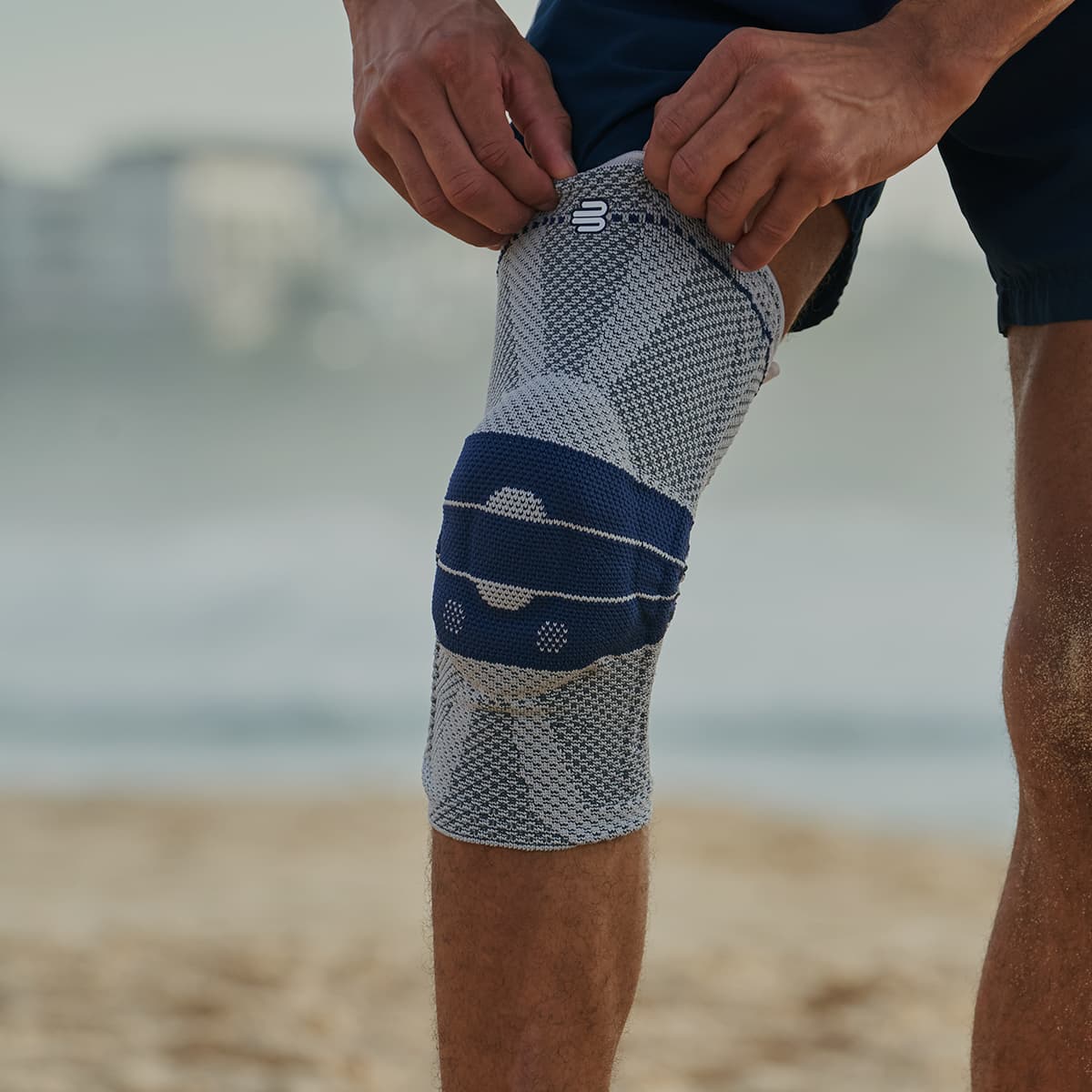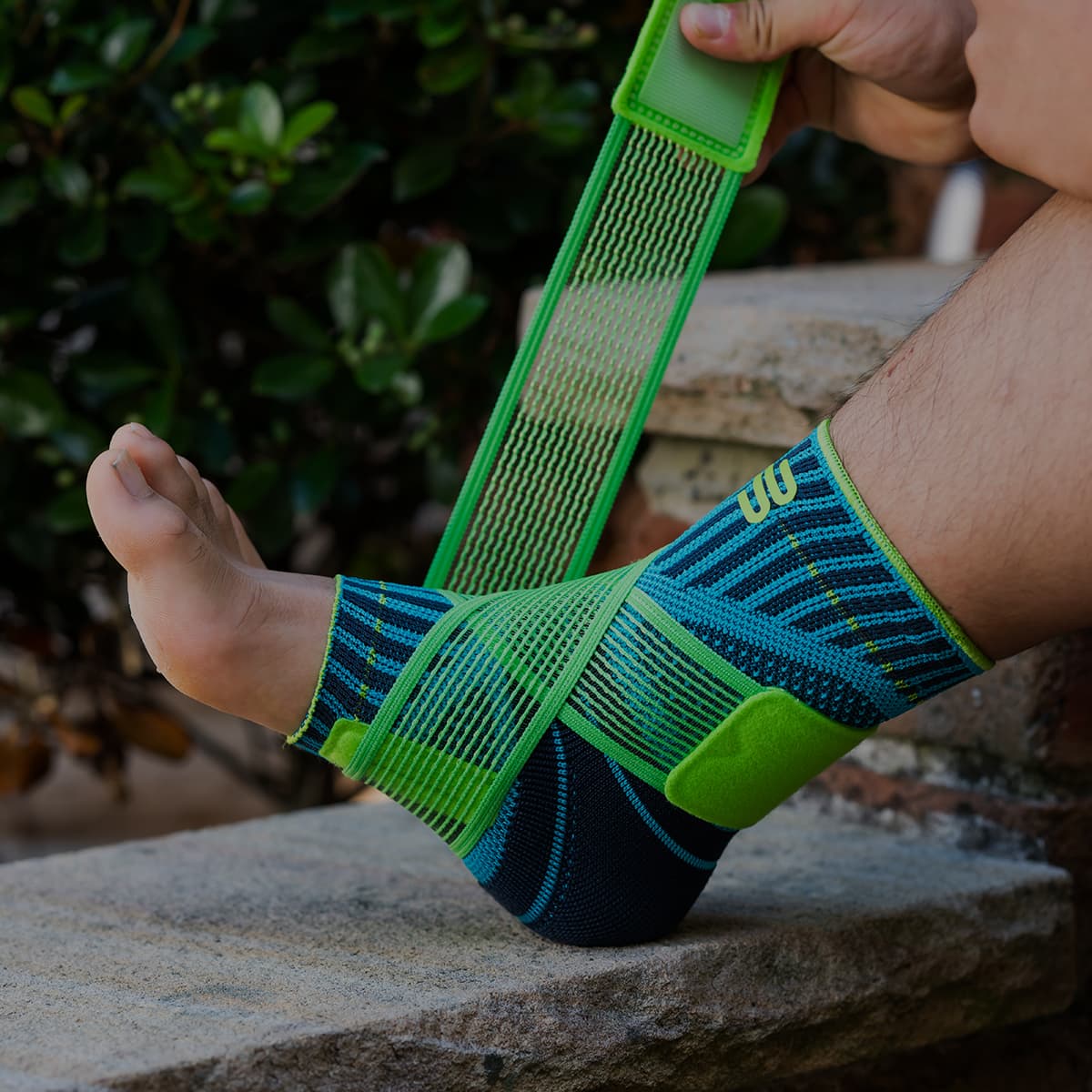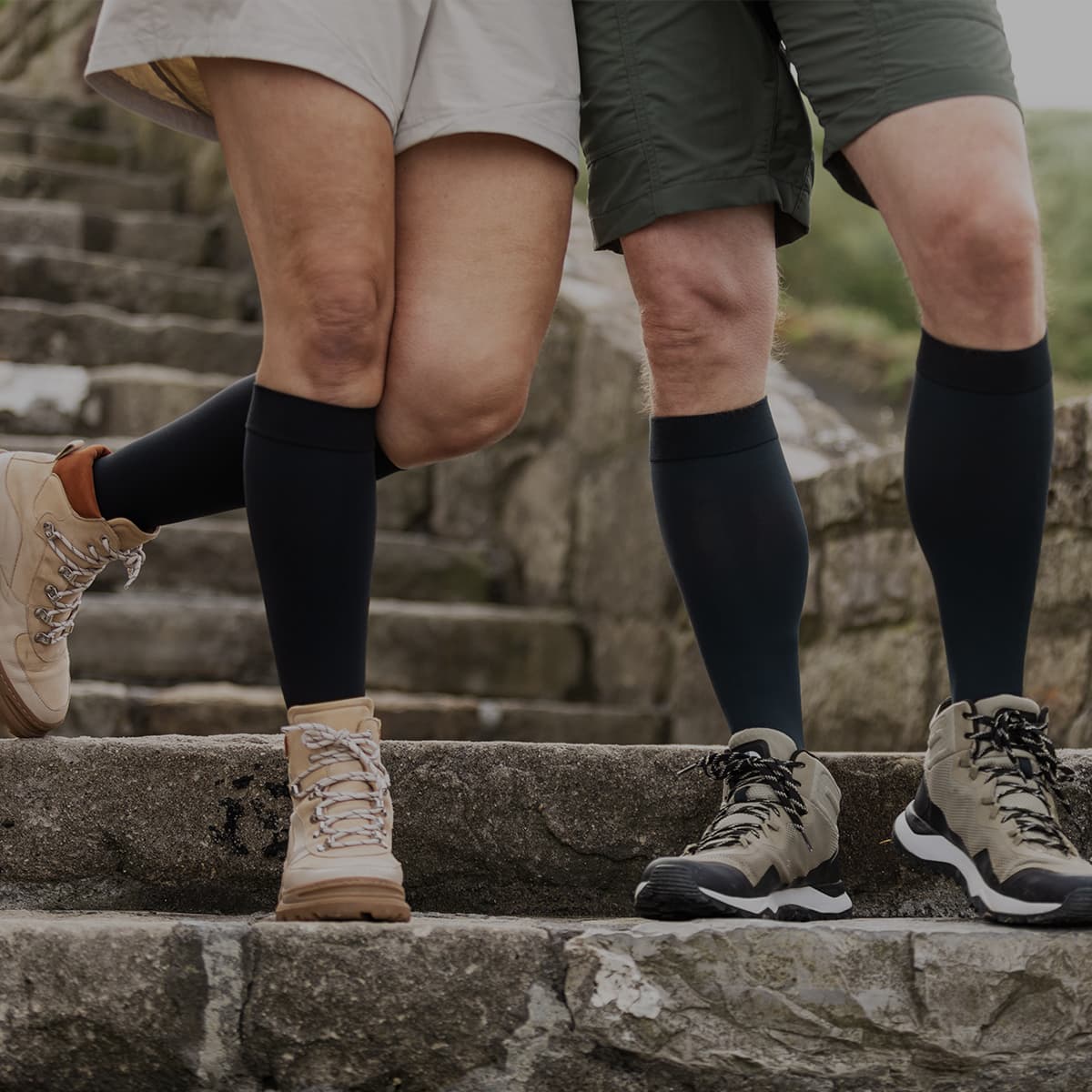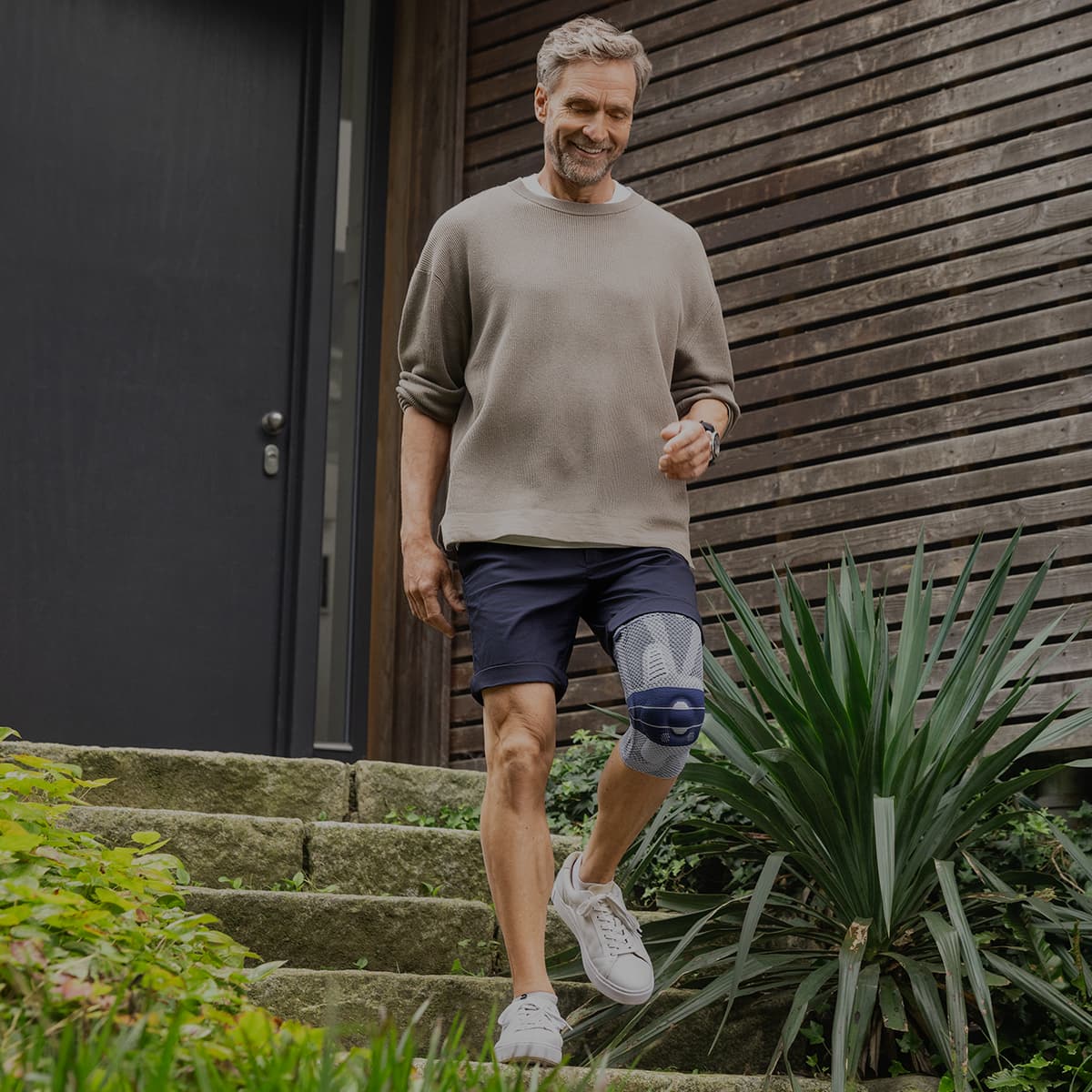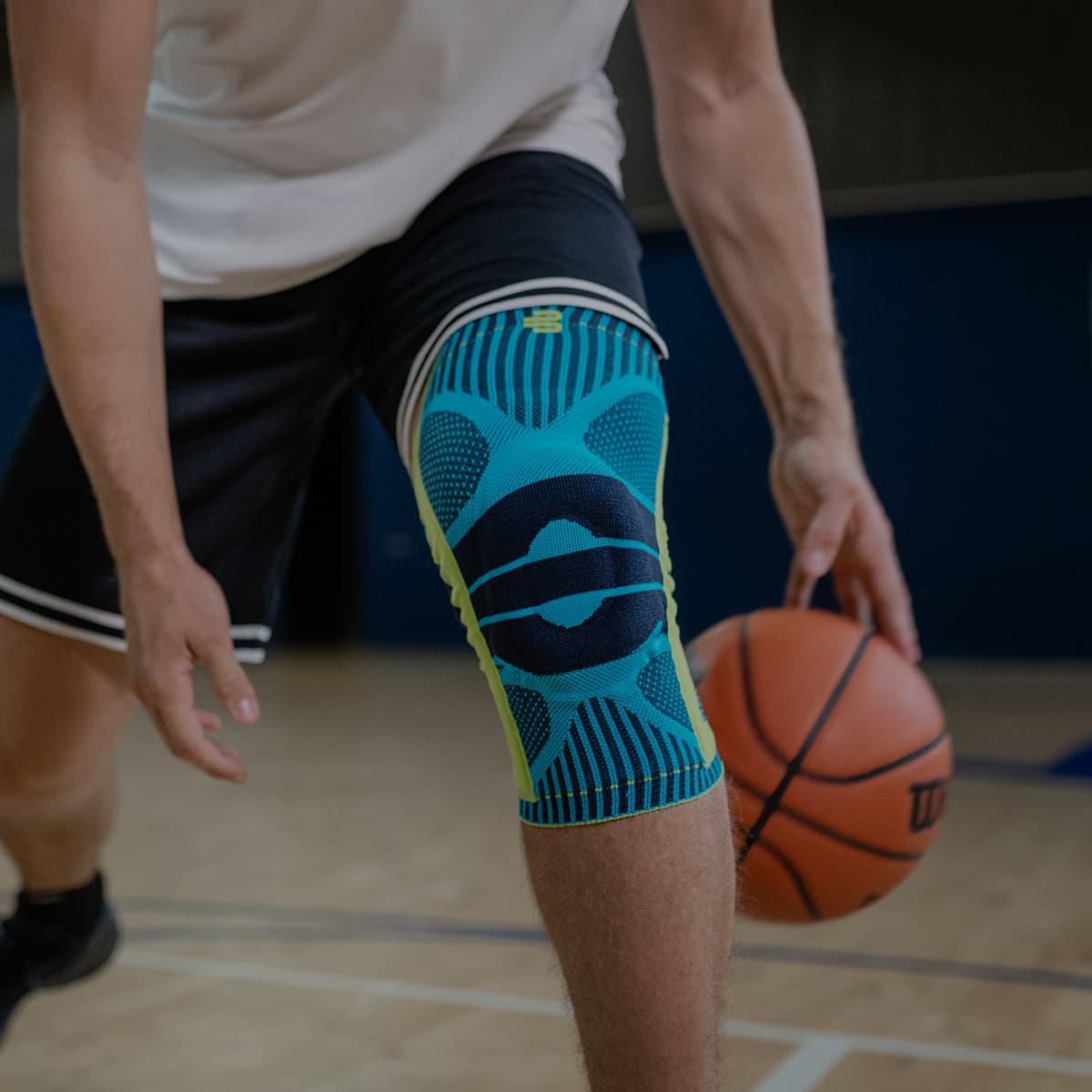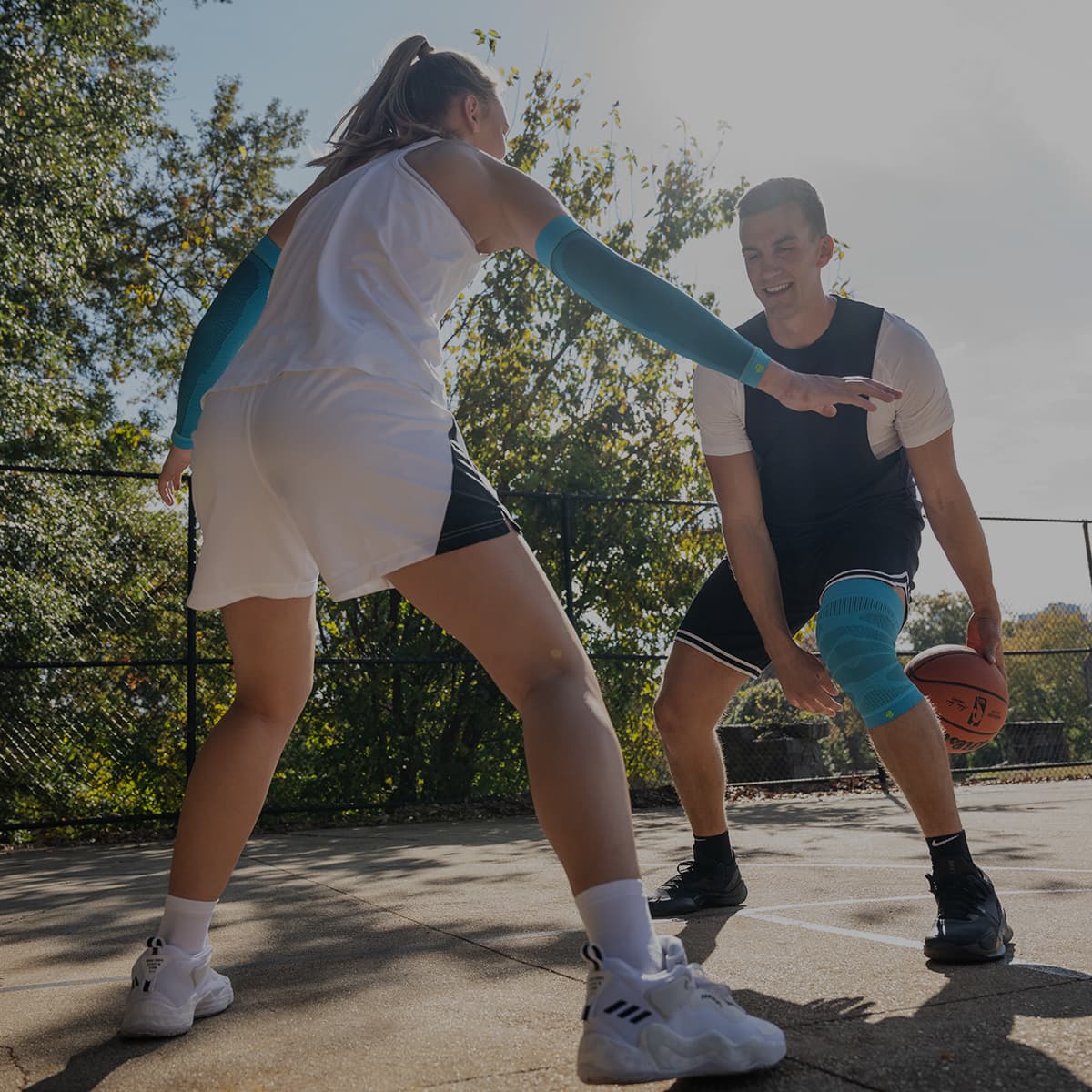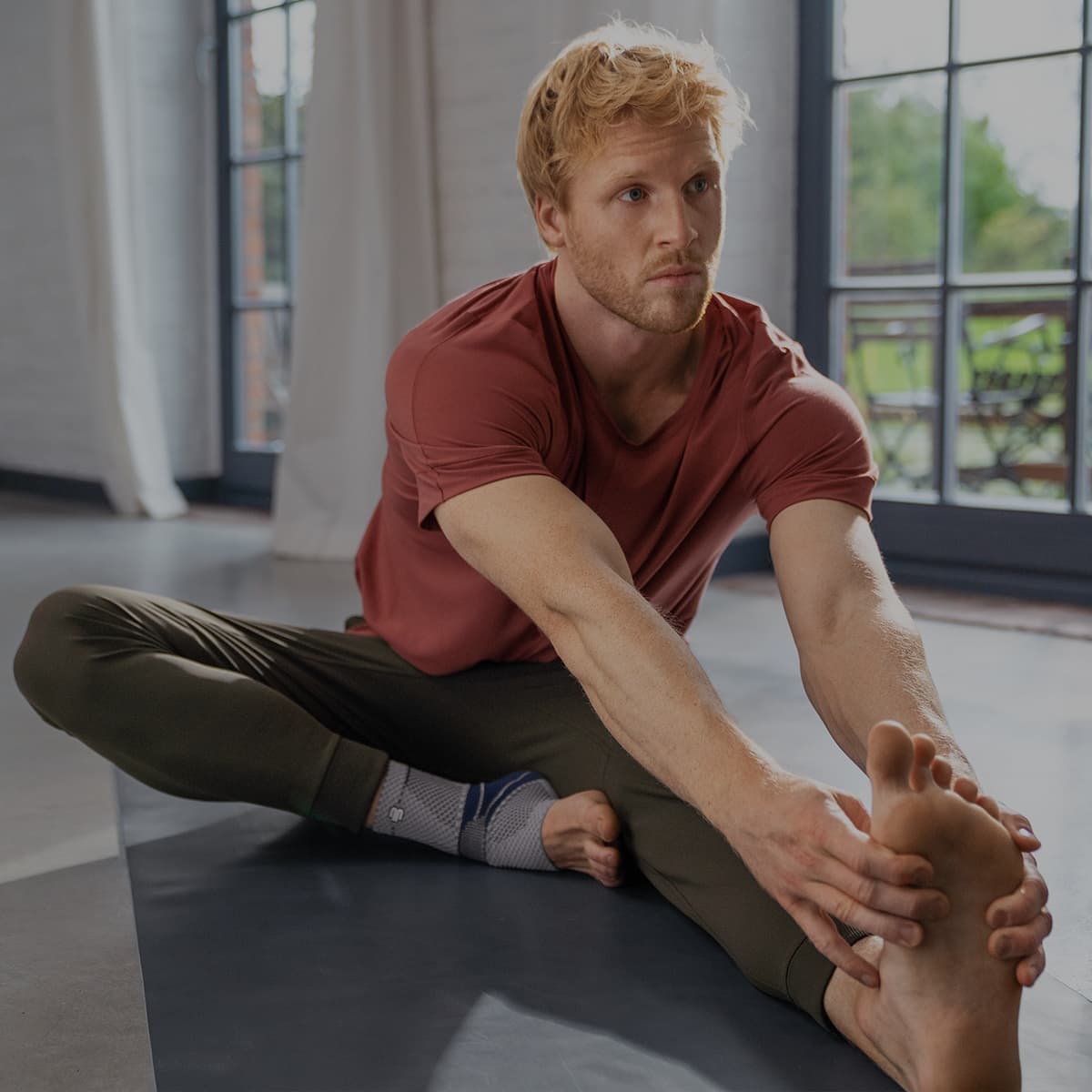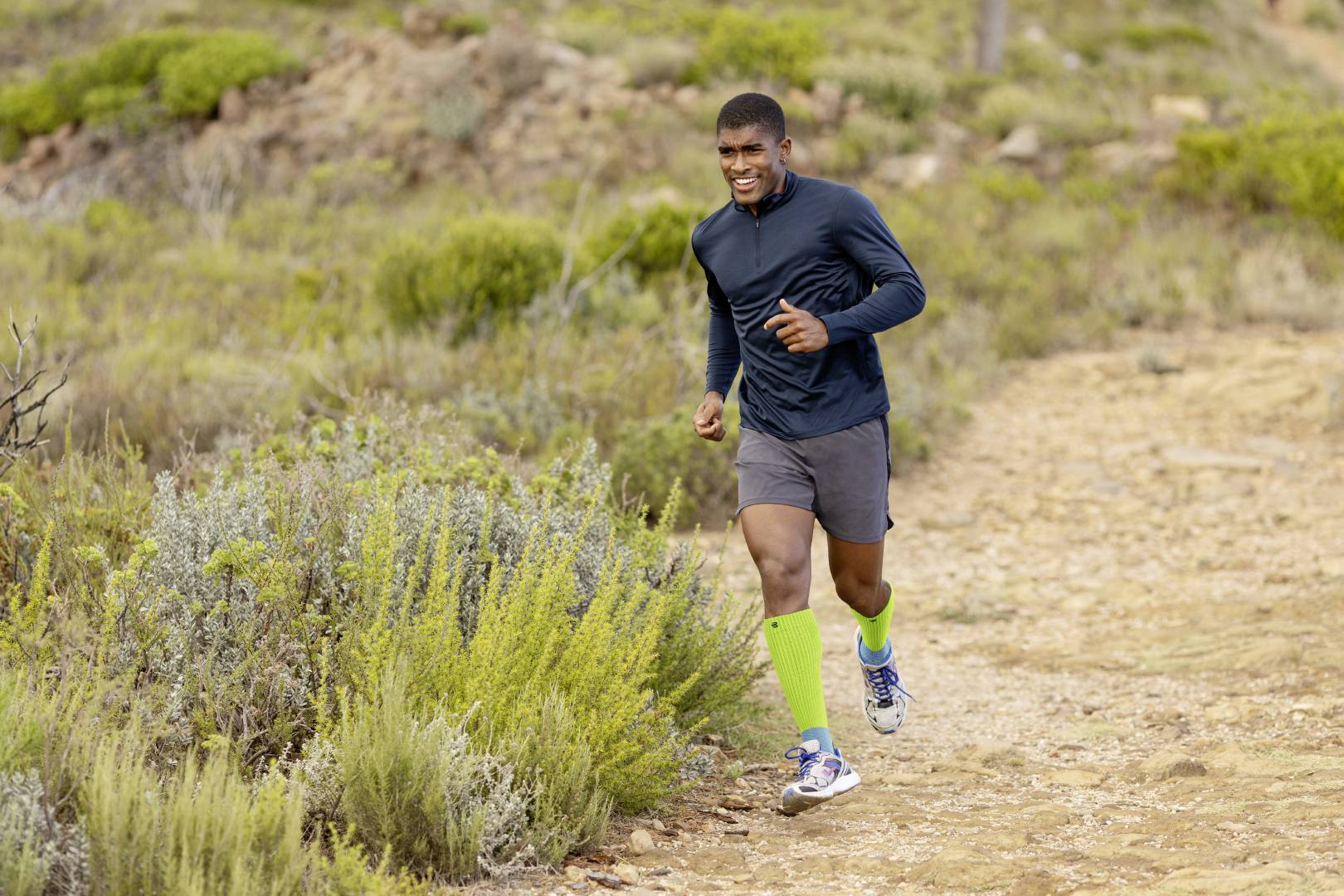Ankle injuries are often associated with swelling and inflammation. While a swollen ankle is not only painful, it can prevent your ankle from being able to move and for the joint to properly heal. To assist with helping the recovery, we have gathered 3 simple solutions to manage ankle swelling.
What causes ankle swelling?
There are many causes of ankle swelling, for example, rolls, sprains, fractures, old injuries flaring up, poor circulation, pregnancy, pre and post-partum, diabetes and more.
3 simple solutions to manage ankle swelling:
Compression and support
When fluid builds up around the ankle joint, the muscles are impeded and are unable to properly move. Wearing medical grade compression socks have two key effects to manage swelling.
- Boosted circulation: By enhancing circulation in the lower leg and ankle, the muscles receive more oxygen to move and pump the fluid out more quickly.
- Lymphatic drainage: Compressive garments act like a dam wall against swelling by pushing the fluid back into the lymphatic system which drains it out of the ankle.
Wearing a compression sock like the VenoTrain Cocoon is a great way to minimise swelling for exercise recovery, travel and work.
Supports and bracing can often also have a positive effect. Using a support that stabilises and unloads the ankle joint will allow the fluid to drain more effectively. Any braces that also have a compressive component are a bonus as they control the swelling on two fronts.
Featured above, the Bauerfiend MalloTrain S ankle brace.
R.I.C.E.
Whenever swelling is caused by trauma, or flares up after aggravation of an existing condition, the best thing to do to minimise swelling and inflammation is to follow the RICE principle.
- Rest: Avoid using the leg or putting any weight on it, minimising movement of the ankle itself.
- Ice: Place an ice pack on the affected area, 20 minutes on, 20 minutes off, until initial swelling reduces.
- Compress: Using bandaging, compression socks or a compression sleeve, create consistent firm pressure across the affected area.
- Elevate: Rest the foot on a raised stool while seated or lay in bed with the foot on a cushion, to bring it above your chest height.
Exercise and flexibility
Physical exercise, stretching and general fitness are some of the most effective ways to not only ensure a long-term recovery from injury, but also minimise the risk of re-injury.
Regular exercise keeps the muscles in shape, pushing blood through your body to reduce swelling and relieve pain. Low impact exercises that assist to get the ankle get moving, without causing pain, include walking (at least 20 minutes), swimming and cycling.
Building up strength and flexibility in your ankles will reduce the risk of injury and swelling in the first place. Target the muscles around your ankles to build strength and flexibility with exercises like
- Towel scrunches
- Heel raises
- Ankle alphabet
- One leg balancing
- Standing calf stretches
- Single leg 4-way reach (see video below)
For extra flexibility and range of motion, try Yoga and Pilates.

